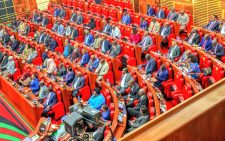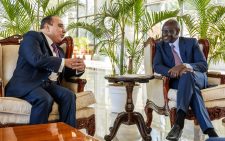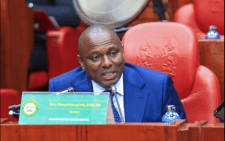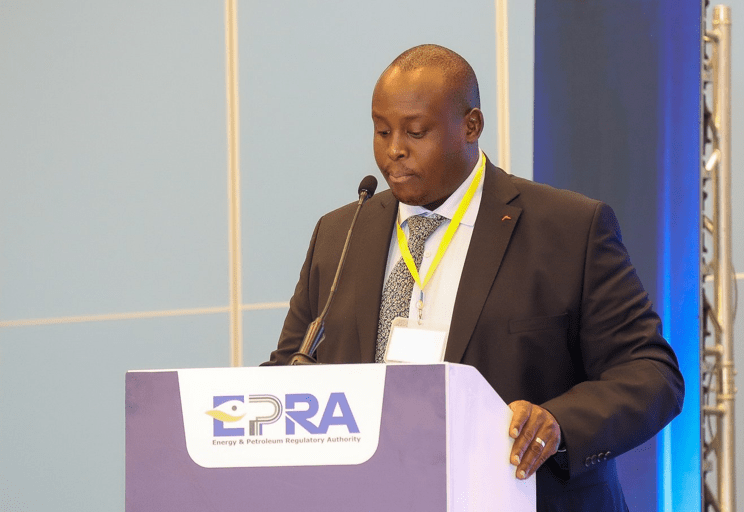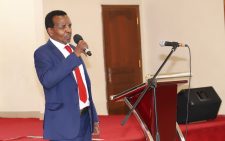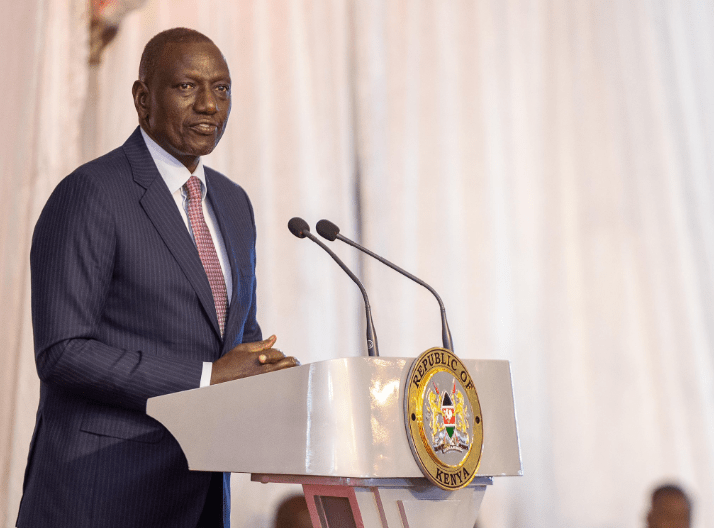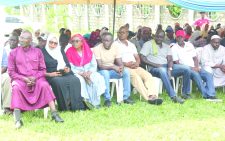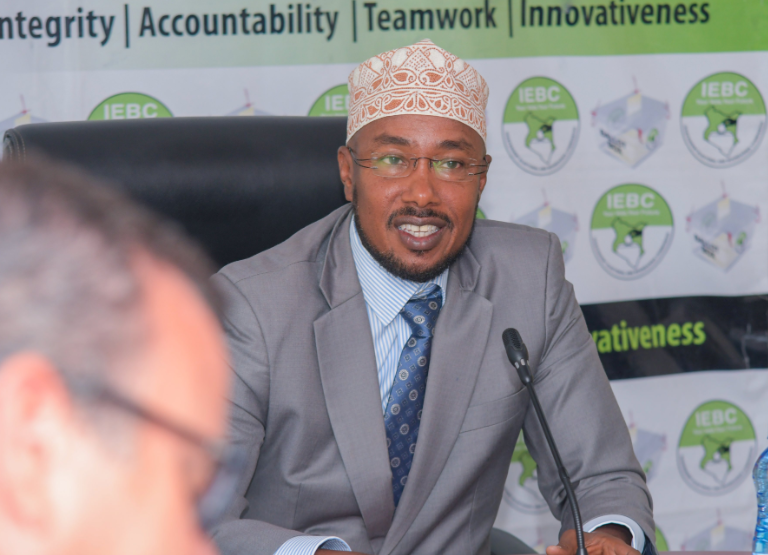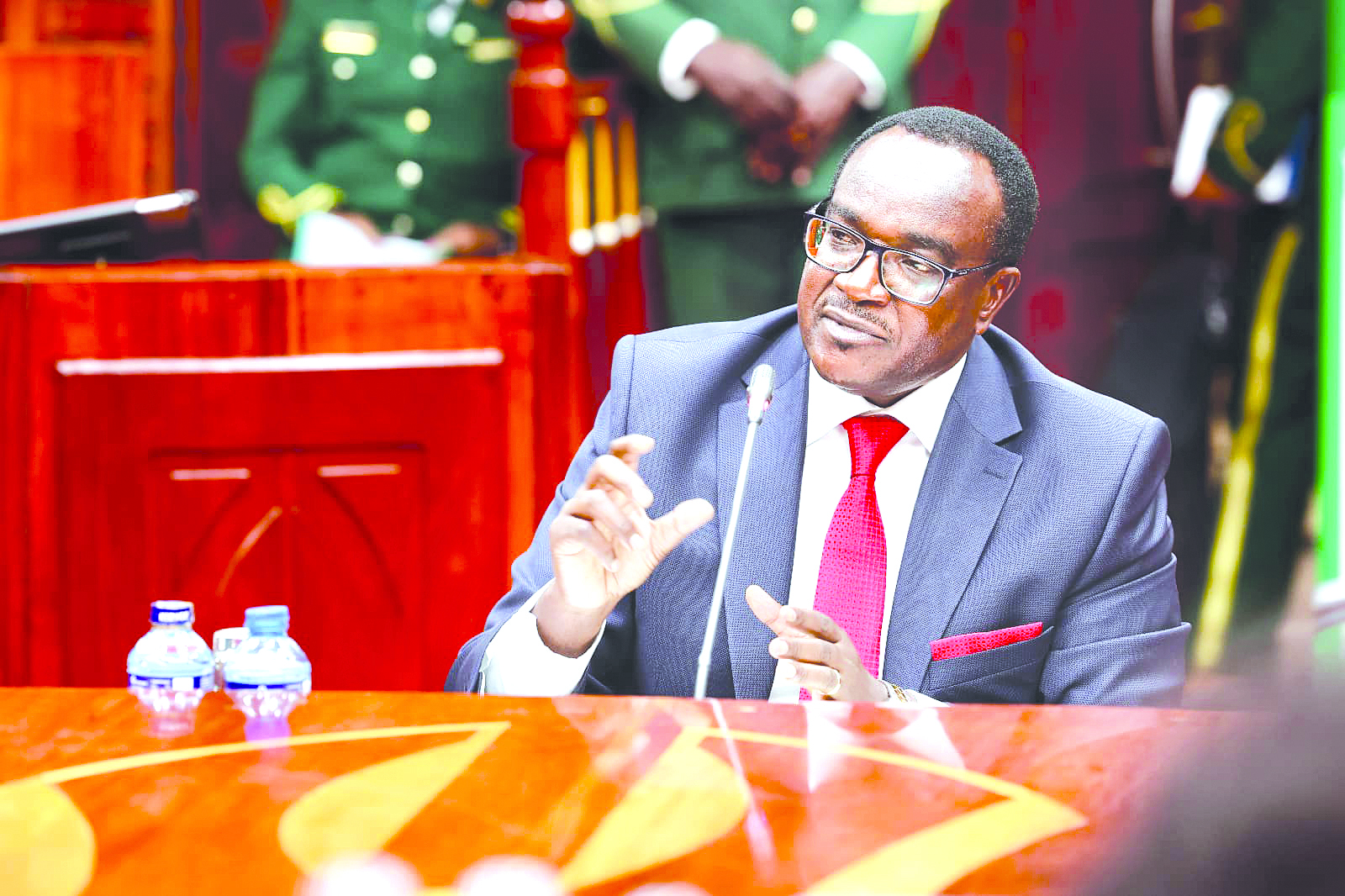Seizing opportunities that lie in textiles and apparel sector
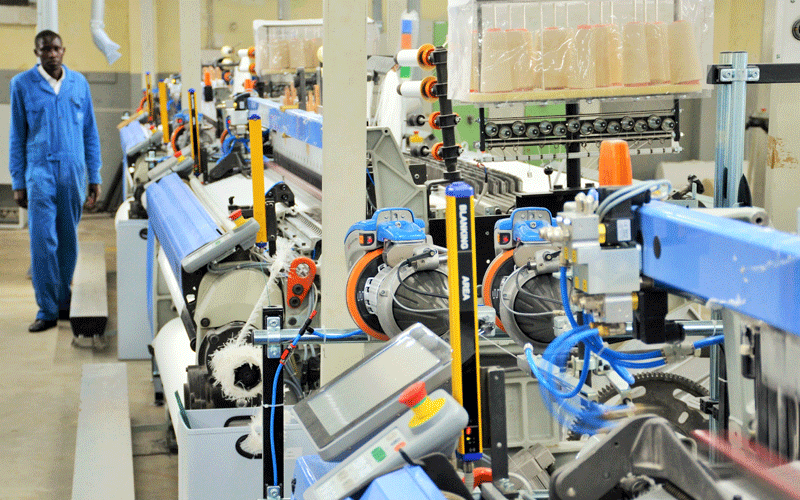
There is a very nice story of a very small country called Bangladesh in Asia. In 2015, the country was exporting $25 billion (Sh3.1 trillion) worth of garments and apparels to the world. They planned to double their exports to $50 billion (Sh6.2 trillion) by 2025.
Last year, they actually hit their $50 billion export target – four years in advance! Bangladesh is offering 4.2 million jobs today after their manufacturing contribution rose from 16 per cent of gross domestic product (GDP) in 2015 22 per cent of their GDP today.
Kenya Association of Manufacturers (KAM) should go back to their glory of 20 per cent manufacturing contribution to GDP by 2030. It is possible. Bangladesh has done it and Kenya can do it. In a perspective of manufacturing contributions by other countries, China’s manufacturers contribute 28 per cent to their GDP; Egypt in our backyard 30 per cent; India 16 per cent and South Africa at 14 per cent.
In contrast, Kenya over the years has come down from 20 per cent to 7.2 per cent, which is a shame. We must accept that there is a problem and move faster to activate the 20 per cent contribution to GDP plan.
The textile-apparel sector is probably one of the biggest supply chains in the world, with huge market opportunities.
Kenya today is the largest exporter under African Growth and Opportunity Act (Agoa) to the United States, making it about number three export earner after overtaking coffee which is number four. The textile- apparel sector earns about US$500 million (Sh 61.5 billion) and offers 52,000 jobs.
The Covid-19 pandemic has brought a new reality to global supply chains which are re-organising away from the traditional sourcing destinations, thereby offering Kenya and Africa opportunities to become relevant in the global arena. Moreover, the current market access under Agoa along with the recently endorsed US Kenya STIP (strategic trade and investment partnership) favours Kenya as a preferred sourcing destination.
There is huge opportunity for Kenya, which is America’s $100 billion (Sh12.3 trillion) market. The European Union (EU) market of 27 countries offers about $150 billion (Sh18.5 trillion) and the total global pie is $800 billion (Sh98.6 trillion). I know from business school it is said; the bigger the size of the pie, the bigger slice of the pie.
Financing costs
If the size of the pie in the US is $100 billion under Agoa and our contribution to that market is only $500 million, there is no need to chest-thump and say, we are the biggest and the best in Africa. Globally, we are doing 0.5 per cent of US imports which is a shame because we have duty free access.
Kenya must be globally competitive to secure a bigger slice of the market available to us. The main drivers of competitiveness that need urgent attention are: Bill of materials, productivity, utility costs, financing costs and logistics costs.
Hence, we need to aspire to build a world class textile apparel value chain that is globally competitive irrespective of duty-free market access to secure global dominance. Unless we become world class operators, we will be no class operators either.
This is a serious opportunity for just one sector, but there are no factories left at Athi River EPZ and I believe in Naivasha too. Yet, this sector can be a reality, delivering 100,000 jobs.
We don’t have an option but to create jobs. President William Ruto has said his three agendas are; agenda one jobs, agenda number two jobs and agenda number three jobs.
The textile industry can deliver that opportunity of jobs as we connect the pipeline back to the cotton farmers and field workers. This is possible and can happen, a serious opportunity ahead of us which we should not lose.
In addition, the skill sets that Kenyan workers demonstrate are unparalleled within the continent. However, we need to train additional workers to embrace the opportunity to create a sustainable skills labour force as opposed to the culture of poaching workers from the same industry that may hurt our competitiveness. The textile sector which is part of the Kenya Kwanza manifesto can deliver the jobs that President Ruto wants.
Kenya needs to have a focused target to grow apparel exports to $2 billion (Sh246 billion) by 2025 and $5 billion (Sh616 billion) by 2030, creating an additional 200,000 and 500,000 jobs respectively. Hence if this is clear, the how to becomes easier.
— Jaswinder Bedi is
the Managing Director,
Bedi Investments Limited

